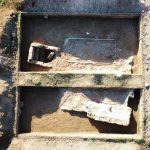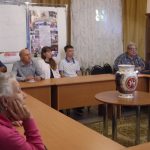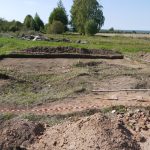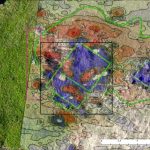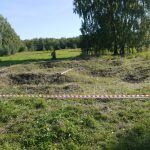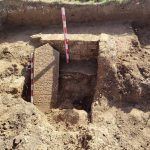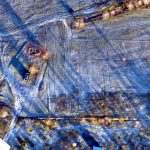Archaeological research in the Tatar Khan’s capital city of Kasimov
The Institute of Archaeology named after A.Kh. Khalikov of the Tatarstan Academy of Sciences under the state program of the Republic of Tatarstan “Preservation of the national identity of the Tatar people,” continues archaeological research in the city of Kasimov. The work is focused on studying the mausoleum of Arslan Khan of Kasimov (died in 1626) and his wife, the khanate’s last ruler, Fatima Soltan (died in 1681).
Kasimov was the capital of the Kasimov Khanate, one of the Tatar states that emerged after the dissolution of the Golden Horde. The khanate existed until the end of the 17th century. Following the reign of Fatima Soltan, the Kasimov Tatars dispersed eastward, settling in the territories of what is now Nizhny Novgorod Oblast, Bashkiria, and Siberia.
The mausoleum of Arslan Khan, a descendant of Kuchum Khan from the Siberian dynasty, has not survived to the present day; however, its location was described in detail by previous researchers. Before the start of field work, archival research was carried out, which made it possible to accurately determine the location of the structure. In 2024, geophysical surveys revealed the structure, dimensions, and exact location of the mausoleum, enabling the initiation of archaeological excavations in 2025.
As a result of the investigations, at the level of the 3rd layer, the outlines of the mausoleum’s wall were revealed. Based on the geophysical survey data, it was determined that the mausoleum consisted of two chambers. In the southern part of the structure, at the first chamber, a gravestone was found, and an entrance to an underground crypt (the Khan’s ziyarat) was revealed. In the northern part of the structure, at the second chamber, a poorly preserved brick floor was cleared.
During the expedition, specialists from the Institute of Archaeology TAS delivered a lecture “History of the city of Kasimov based on archaeological research data” for local historians of Kasimov and the Tatar community of the city.

